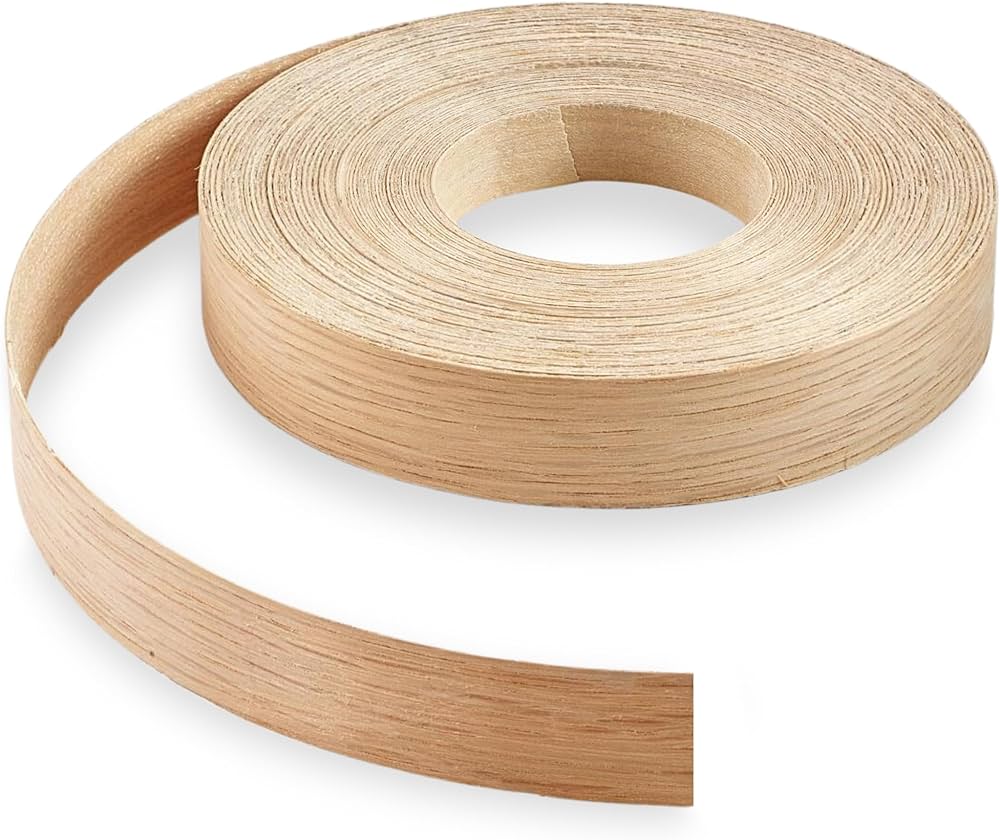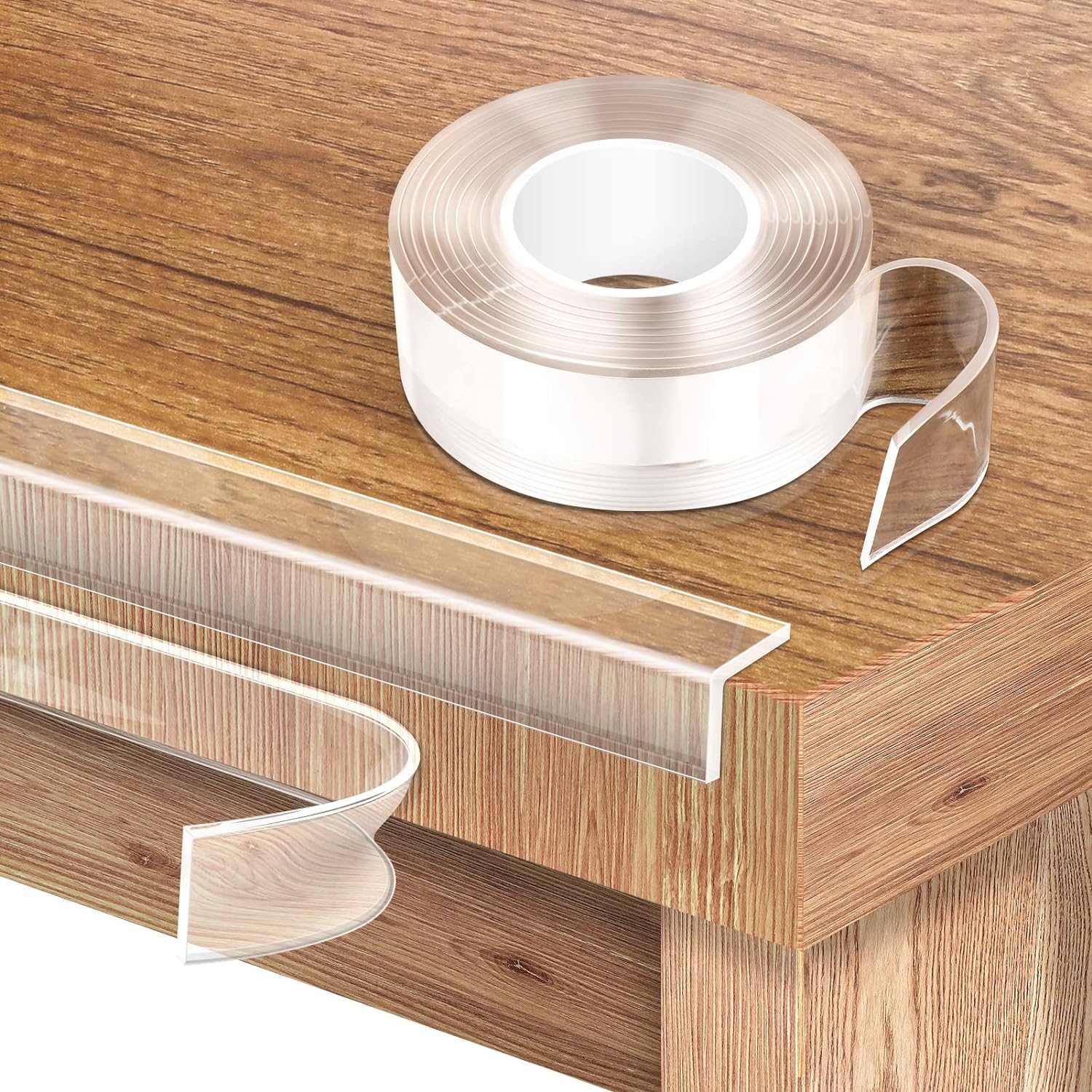Corner protectors are an essential safety feature in any home or office. They are designed to protect walls, furniture, and equipment from damage caused by accidental bumps or collisions. Children, elderly people, and pets are especially vulnerable to injuries caused by sharp corners, so installing corner protectors can help prevent accidents and injuries.

There are many different types of corner protectors available, including plastic, rubber, and metal guards. Each type of guard has its own unique benefits and drawbacks, so it is important to choose the right one for your specific needs. Some factors to consider when selecting a corner protector include the level of protection needed, the durability of the material, and the overall aesthetic of the room.
While some people may view corner protectors as an unnecessary expense, the truth is that they can save you time and money in the long run. By preventing damage to walls and furniture, you can avoid costly repairs and replacements. Additionally, corner protectors can provide peace of mind knowing that your home or office is a safer place for everyone.
Importance of Corner Protectors

it is an essential component of load securement and cargo protection systems. They are designed to protect both the cargo and the property from damage during transportation. In this section, we will discuss the importance of corner protectors in preventing injuries and protecting property.
Prevention of Injuries
Corner protectors are crucial in preventing injuries to workers and bystanders during the loading and unloading of cargo. When cargo is not properly secured, it can shift during transportation, causing it to hit the corners of the trailer or container. This can result in serious injuries to workers or bystanders who are nearby.
it is act as a cushion between the cargo and the corners of the trailer or container, reducing the risk of injury. They absorb the impact of the cargo, preventing it from hitting the corners and causing injury. By using corner protectors, workers can load and unload cargo safely and efficiently, without the risk of injury.
Protection of Property
Corner protectors are also essential in protecting the cargo and the property from damage during transportation. When cargo is not properly secured, it can shift during transportation, causing it to hit the corners of the trailer or container. This can result in damage to the cargo and the property.
it is act as a barrier between the cargo and the corners of the trailer or container, preventing damage to both the cargo and the property. They absorb the impact of the cargo, preventing it from hitting the corners and causing damage. By using corner protectors, cargo can be transported safely and efficiently, without the risk of damage.
In conclusion, corner protectors are a necessary component of load securement and cargo protection systems. They are essential in preventing injuries to workers and bystanders during the loading and unloading of cargo, as well as in protecting the cargo and the property from damage during transportation. By using it, workers can load and unload cargo safely and efficiently, while protecting the cargo and the property from damage.
Types of Corner Protectors

Corner protectors are an essential tool for anyone who is looking to protect their goods during transit or storage. There are various types of corner protectors available in the market, each with its own unique advantages and disadvantages. In this section, we will discuss the most commonly used types of corner protectors.
Foam Corner Protectors
Foam corner protectors are a popular choice for protecting delicate items during transportation. They are made from soft foam material that absorbs shock and prevents damage to corners. Foam corner protectors are lightweight, easy to install, and can be reused multiple times. They are ideal for protecting furniture, picture frames, and other fragile items.
Plastic Corner Protectors
Plastic corner protectors are another popular choice for protecting goods during transit. They are made from durable plastic material that can withstand heavy impact and prevent damage to corners. Plastic corner protectors are lightweight, easy to install, and can be reused multiple times. They are ideal for protecting goods that are being transported in boxes or crates.
Metal Corner Protectors
Metal corner protectors are a heavy-duty option for protecting goods during transit. They are made from durable metal material that can withstand heavy impact and prevent damage to corners. Metal corner protectors are ideal for protecting goods that are being transported on pallets or in containers. They are also suitable for protecting corners in high traffic areas.
Rubber Corner Protectors
Rubber corner protectors are a versatile option for protecting goods during transit. They are made from durable rubber material that can absorb shock and prevent damage to corners. Rubber corner protectors are lightweight, easy to install, and can be reused multiple times. They are ideal for protecting goods that are being transported in boxes or crates. They are also suitable for protecting corners in high traffic areas.
In conclusion, there are various types of corner protectors available in the market, each with its own unique advantages and disadvantages. The choice of corner protector will depend on the type of goods being transported and the level of protection required.
Installation and Maintenance

Installation Process
Installing corner protectors is a straightforward process that can be accomplished with a few basic tools. The first step is to measure the length of the corner where the protector will be installed. Once the length is determined, the corner protector can be cut to size using a saw or a pair of heavy-duty scissors.
After the corner protector is cut to the correct length, it can be attached to the wall using screws or adhesive. The screws should be long enough to penetrate the wall and hold the protector securely in place. Adhesive should be applied evenly to the back of the protector before it is pressed firmly against the wall.
Maintenance Tips
Corner protectors are designed to withstand wear and tear, but they still require some maintenance to keep them looking their best. One of the most important things to remember is to clean the protectors regularly. Dust, dirt, and grime can accumulate on the surface of the protectors, making them look dull and dingy.
To clean the protectors, simply wipe them down with a damp cloth or sponge. If the protectors are particularly dirty, a mild detergent can be used to remove stubborn stains. It is important to avoid using abrasive cleaners or scrub brushes, as these can scratch the surface of the protectors and make them more susceptible to damage.
Another important maintenance tip is to check the protectors periodically for signs of damage. If the protectors become cracked or chipped, they may need to be replaced. Damaged protectors can compromise the safety of the corner, and they may not provide adequate protection in the event of an impact.
Overall, the installation and maintenance of corner protectors is a simple process that can help to protect walls and corners from damage. By following these tips, homeowners and business owners can ensure that their corner protectors remain in good condition and continue to provide effective protection for years to come.
Aesthetic Considerations
When it comes to corner protectors, aesthetics is an important consideration. The right corner guards can enhance the appearance of a room while also protecting its walls.
Design and Style
Corner guards come in various designs and styles to fit different decor preferences. Some have a sleek and modern look, while others have a more traditional appearance. There are also corner guards with decorative patterns or textures that can add visual interest to a room.
When choosing corner guards, it is important to consider the overall design and style of the room. For example, if the room has a minimalist design, then simple and sleek corner guards may be the best choice. On the other hand, if the room has a more ornate decor, then corner guards with decorative patterns or textures may be a better fit.
Color Options
Corner guards come in a variety of colors to match different wall colors and decor styles. Some corner guards are designed to blend in with the wall color, while others are meant to stand out as a decorative element.
When selecting corner guards, it is important to choose a color that complements the wall color and decor style. For example, if the walls are painted a light color, then white or beige corner guards may be the best option. On the other hand, if the walls are painted a bold color, then black or metallic corner guards can add a modern touch.
Overall, when choosing corner protectors, it is important to consider both the practical and aesthetic aspects. By selecting the right corner guards, one can protect the walls while also enhancing the appearance of the room.
Cost-Benefit Analysis
When considering whether or not to install corner protectors in a home or business, a cost-benefit analysis can be helpful in determining if the investment is worth it. This analysis involves weighing the costs of installation against the potential savings that could be achieved.
Cost of Installation
The cost of installing corner protectors can vary depending on the type of protector chosen and the size of the area that needs to be covered. For example, adhesive foam corner protectors can cost as little as $10 for a pack of four, while more durable metal protectors can cost upwards of $50 for a set of eight.
In addition to the cost of the protectors themselves, there may be additional costs associated with installation. For example, if the protectors need to be screwed into the wall, there may be a need for additional tools or labor costs to install them properly.
Potential Savings
The potential savings that could be achieved by installing corner protectors largely depends on the type of environment they are being installed in. In a home with young children or pets, corner protectors can help prevent injuries and damage to walls and furniture. In a business setting, corner protectors can help prevent damage to walls and corners caused by carts, equipment, or other objects.
By preventing damage to walls and furniture, corner protectors can help reduce the need for repairs or replacement, which can save both time and money in the long run. In addition, by preventing injuries, corner protectors can help reduce the risk of liability and associated costs.
Overall, while the cost of installation may seem like an unnecessary expense, the potential savings that can be achieved through the use of corner protectors can make them a worthwhile investment for many homes and businesses.
Frequently Asked Questions
What are the benefits of using corner protectors for young children?
it help prevent accidents that can result from bumping into sharp edges of furniture and fixtures. They are designed to absorb the impact and reduce the risk of injuries. Using corner protectors can give parents peace of mind knowing that their children are safe from harm.
How do corner guards enhance safety in homes with toddlers?
it can enhance safety in homes with toddlers by providing a cushioned surface that can absorb impact. Toddlers are curious and often move around quickly, which can lead to accidents. Corner guards can help prevent injuries by providing a soft barrier between the toddler and the sharp edges of furniture and fixtures.
What are the primary uses of corner protectors in residential spaces?
The primary use of corner protectors in residential spaces is to protect children and adults from injuries caused by sharp edges. They are commonly used on furniture, fixtures, and walls to reduce the risk of accidents. it can also help prevent damage to walls and furniture caused by accidental impacts.
Are there specific situations where corner guards are considered essential?
Corner guards are considered essential in homes with young children or elderly adults who are at risk of falling or bumping into sharp edges. They are also essential in high-traffic areas where accidental impacts are more likely to occur. For example, in homes with active children, corner guards can be used on coffee tables, end tables, and other furniture with sharp edges.
Can the absence of corner protectors pose risks to infants and toddlers?
Yes, the absence of corner protectors can pose risks to infants and toddlers. Sharp edges of furniture and fixtures can cause injuries ranging from minor cuts and bruises to more serious injuries such as head trauma. Infants and toddlers are particularly vulnerable to these types of injuries because they are still developing their motor skills and are more likely to fall or bump into objects.
What factors should be considered when deciding to install corner protectors?
When deciding to install corner protectors, factors such as the age of the occupants, the level of activity in the space, and the type of furniture and fixtures should be considered. For example, homes with active children may require more extensive use of corner protectors than homes with older adults or no children. The type of furniture and fixtures in the space should also be considered when deciding on the appropriate corner protectors to use.

